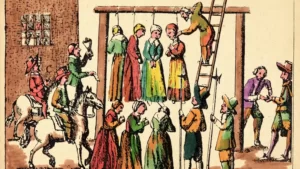
Around 2,500 people — mostly women — were executed in Scotland between 1563 and 1736 under the country’s Witchcraft Act.
Now, hundreds of years later, the Parliament of Scotland is doing something about it — starting with a public apology. The apology affirms the proper attitude to gender and the role of women in society.
Many light-workers, healers, Romany (gypsies) and others unjustly accused of being in league with the devil were arrested on scant evidence, more often, simply finger-pointing. A righting of the wrongs is the correct thing to do, and allows for healing on the astral (or akasha) levels – as there is an etheric signature to these events which must be erased.
What happened under the Witchcraft act?
Those executed under the Witchcraft Act were “tortured, locked up and then ultimately executed with no evidence to go on”, Scottish National Party parliament member Natalie Don tells ABC RN’s Sunday Extra.
Scottish lawyer and King’s Counsel Claire Mitchell, who set up The Witches of Scotland campaign, explains that “those convicted of witchcraft were strangled to death and then burned at the stake so as to leave no body to bury”.
Up to 4,000 people faced treatment such as being stripped and examined to see if any “witches mark” could be found on them, or tortured with sleep deprivation or crushing and pulling out nails. More than 2,500 were then executed.
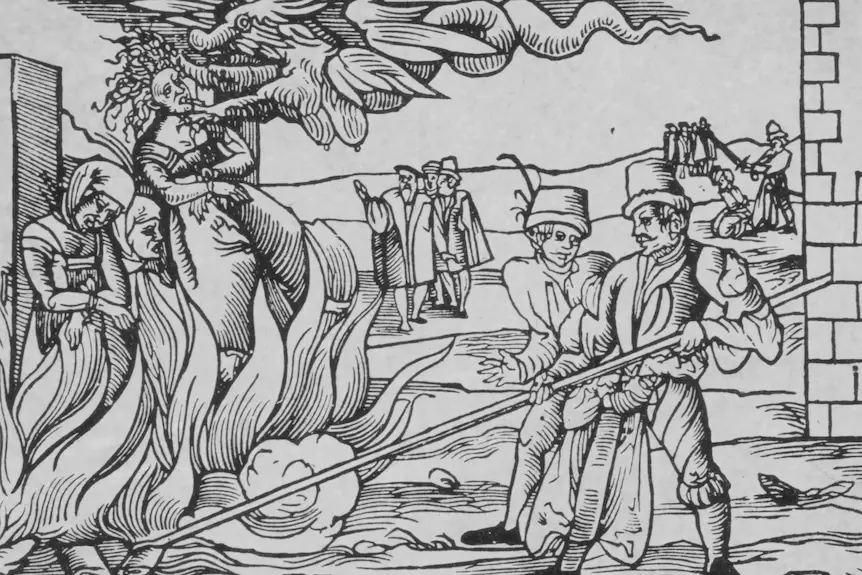
“It’s a huge miscarriage of justice,” Don says.
The Witches of Scotland campaign, which has gained traction in recent years, has been calling for three things: an apology, legislation and a national monument. And the government is backing it.
Why apologise 300 years later?
Scotland’s First Minister Nicola Sturgeon addressed the apology in parliament on Women’s Day earlier this year. “Some will ask why this generation should say sorry for something that happened centuries ago,” she said. “But it might actually be more pertinent to ask why it has taken so long.”
Sturgeon called the accusation, conviction, vilification and execution of those under the Witchcraft Act 1563 an “egregious historic injustice”.
She extended a “formal, posthumous apology” on behalf of the Scottish government.
Don says the apology is an important recognition of what past wrongs can teach us about today.
Historical witch hunts were a “gendered issue” and understanding them as such helps give context to women’s continuing inequality, she says.
“We still see gendered and patriarchal attitudes in the modern day. It definitely manifests differently, but we still see it.
“Women and girls face an unacceptable level of harassment, threats, abuse and sexual violence. And fundamentally, I think these behaviours are rooted in the history of misogyny.”
Don argues that recognising the damage caused by misogynistic attitudes in the past can help shine light on the impacts of misogyny in the present day.
What about focusing on modern issues affecting women?
Addressing historic and present-day issues need not be a competition.
“In order to support women in the modern day, we have to look at wrongs that have happened in the past and correct them,” Don says.
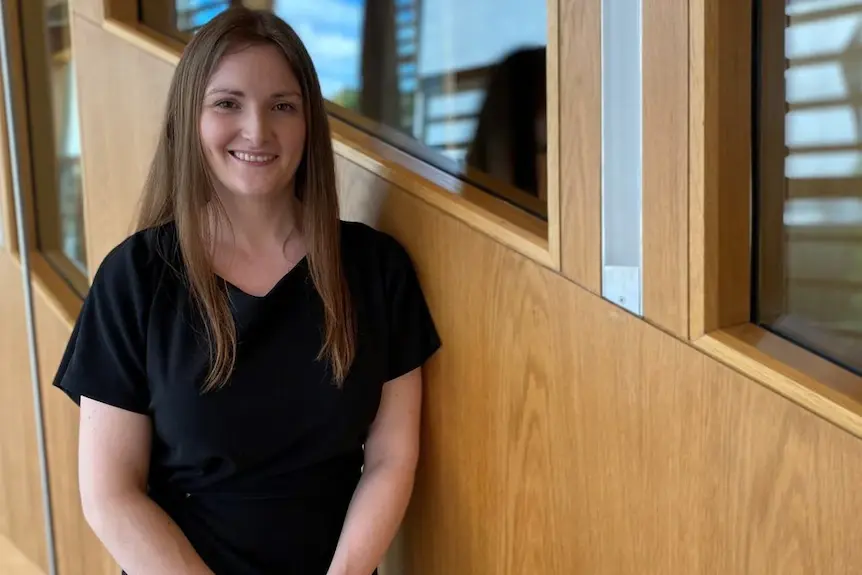
Furthermore, there are countries, including Papua New Guinea and India, where witch hunts continue. “We still see people being convicted, tortured and executed for witchcraft across the world,” Don says.
“So if this could send a strong message that Scotland is saying this is wrong, that it was a miscarriage of justice and this shouldn’t be accepted in the modern day, then that’s something that I think should be absolutely supported.”
The Witchcraft Act is gone. Why new legislation?
The almost 4,000 people tortured and often executed under the Witchcraft Act “have gone down in history as criminals” says Don, who introduced the member’s bill to grant their legal pardon.
Legislation is “the one way that these people can be pardoned” en masse, she says.
“It will clear all these innocent people’s names.”
Don says that given the bill’s current level of support in submissions, she expects there to be strong support for it in parliament.
Scotland isn’t alone in calling for such a pardon. The last witch of Salem in the US was pardoned just a few months ago and similar action has taken place in Catalonia, Spain too.
“Different countries are now recognising that this was wrong,” Don says.
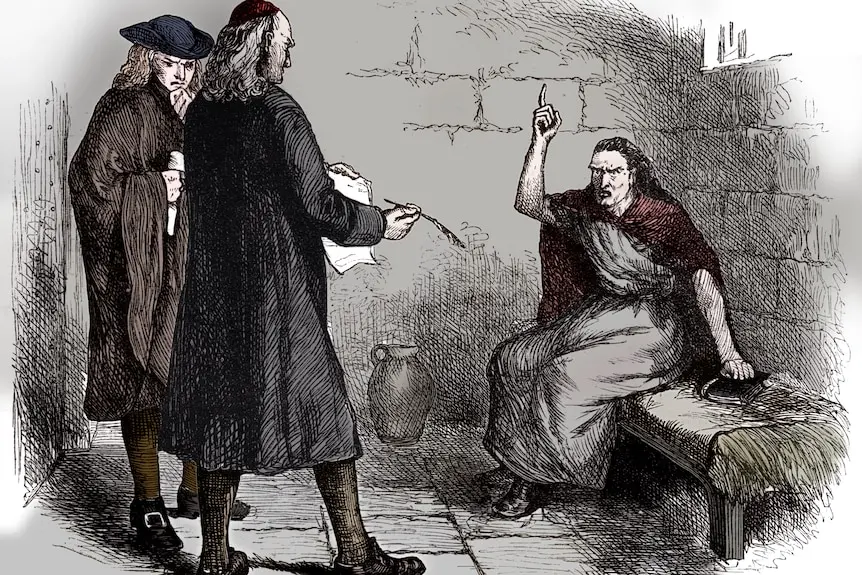
How could a statue help?
Don thinks it’s “ridiculous” that there are no monuments to honour those persecuted under witchcraft laws.
There are plenty of statues of historical figures in Scotland but “so few of them are women”, she says. She believes physical objects like monuments help to pass on and allow people to learn from stories of the past. “Education is really key and having something like [a monument] in place would allow people to see and to understand the history.”
Don wants to see monuments erected across Scotland, in all the locations where witch hunts took place. “[It] should be recognised that these trials and these executions happened there too.” By standing up for women past, we can “stand up for women in the modern day”, she says.
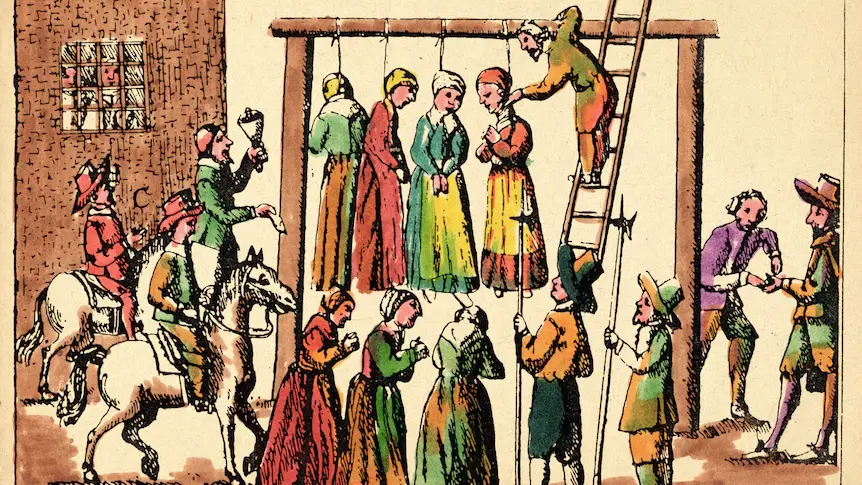
Source
Image Source
![]()

